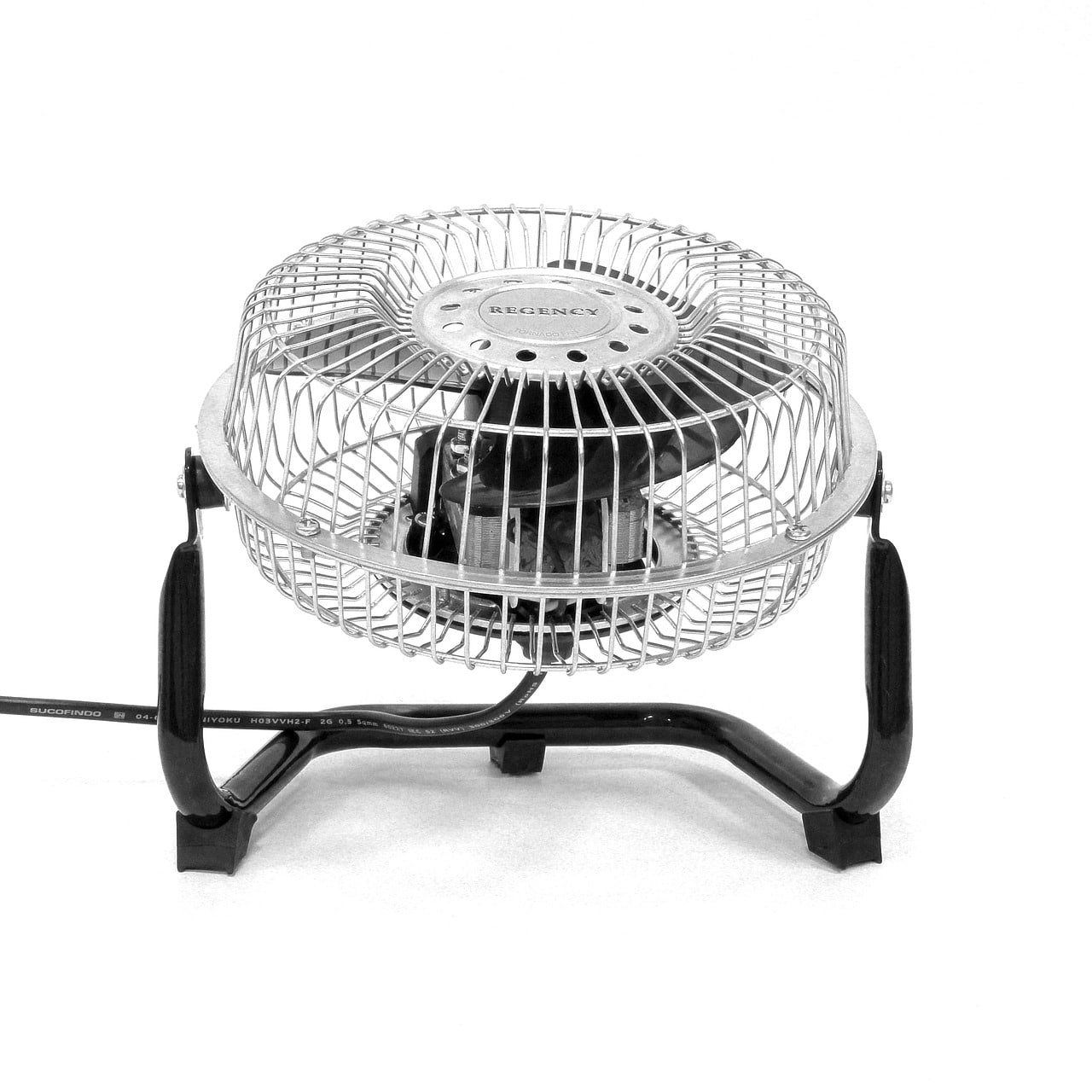Piezoelectric Wearables: Energy from Movement
In today’s world, wearable technology has become increasingly popular and advanced. From fitness trackers to smart watches, these devices have changed the way we track and monitor our health. But what if wearable technology could not only track our movements, but also generate energy from it? This is where piezoelectric wearables come into play. The concept of harnessing energy from movement is not new, but with the advancements in piezoelectric materials, it has become a reality. In this article, we will explore the potential of piezoelectric wearables and how they are revolutionizing the way we think about energy consumption.
The Science Behind Piezoelectric Materials
Piezoelectric materials have the unique ability to generate electricity when they are subjected to mechanical stress. This phenomenon was first discovered in the late 19th century by French scientists Pierre and Jacques Curie. They found that certain crystals such as quartz, tourmaline, and topaz could produce an electric charge when subjected to mechanical pressure. This effect is known as the piezoelectric effect.
In simple terms, when a piezoelectric material is deformed, it causes a rearrangement of its internal crystal structure, resulting in a buildup of electrical charges. This process is reversible, meaning that the material can also convert electrical energy into mechanical energy. This property makes piezoelectric materials ideal for a variety of applications, including piezoelectric wearables.
The Rise of Piezoelectric Wearables
With the advancement of technology, researchers have been able to develop flexible and lightweight piezoelectric materials that can be integrated into wearable devices. This has opened up a world of possibilities for new and innovative wearable technology. By harnessing the natural movements of the human body, these devices can generate enough electricity to power themselves.
Piezoelectric wearables come in various forms, from small patches placed on the skin to clothing and accessories embedded with piezoelectric fibers. These devices can be used for a variety of purposes, from powering a smartwatch to providing electricity to medical implants.
Energy Harvesting with Piezoelectric Wearables
One of the most significant advantages of piezoelectric wearables is their ability to harvest energy from everyday movements. Whether it’s walking, running, or even just typing on a keyboard, the constant movements of our bodies can produce electrical energy that can be captured by these devices.
For example, imagine having a phone case that can harvest energy from the vibrations created by your daily activities and use it to charge your phone. This eliminates the need for carrying around bulky power banks or constantly looking for a charging outlet.
Environmental Implications
In addition to the convenience factor, piezoelectric wearables also have significant environmental implications. With the increasing concerns about climate change and the depletion of non-renewable energy sources, the need for sustainable energy solutions has become more pressing. By harnessing energy from human movement, piezoelectric wearables offer a renewable and eco-friendly alternative to traditional energy sources.
The Future of Piezoelectric Wearables
As technology continues to advance, so does the potential for piezoelectric wearables. Researchers are constantly exploring new methods of applying piezoelectric materials and improving their efficiency. One such development is the use of triboelectric generation, where two materials generate electricity through friction when they come into contact with each other. This could potentially lead to even smaller and more efficient piezoelectric wearables.
Furthermore, with the increasing demand for smart and connected devices, piezoelectric wearables have the potential to be integrated into a variety of applications, including smart homes and transportation. Imagine a future where your footsteps can power your home or charging stations embedded in sidewalks can help power electric cars.
The Bottom Line
Piezoelectric wearables have the potential to revolutionize the way we think about energy consumption. By utilizing the never-ending movements of our bodies, these devices offer a sustainable and convenient solution for powering our technology. With ongoing advancements and research, the future of piezoelectric wearables looks promising, and we can’t wait to see what new innovations will emerge in the years to come.










